Preface. When I first published this post in February of 2022, I said that peak world oil production might have arrived, but it takes 5 years in the rear-view mirror to call it. Now peak “crude oil including lease condensate oil” is officially here! Production was less in November 2023 than the peak of global oil production in November 2018. See for yourself at the U.S. Energy Information Administration site here.
You can ignore all the other liquids, they do not make diesel fuel for heavy-duty trucks, locomotives, and ships that do the actual work of civilization. Mainly the other categories are good for plastics, which we have more than enough of. Or ethanol for gasoline, but you’d destroy a diesel engine if you added this to extend diesel fuel. I suspect these categories were added to keep people from panicking like they did in the oil crises of 1973 and 1979. Why would they panic? There is a very tight correlation between fossil production, GDP, and population.
Unconventional shale oil was responsible for over 90% of the increased production above the 2008 plateau with a little help from Canadian tar sands.
Seven of the eight U.S. shale basins are past peak, with only the Permian producing the majority of fracked oil. And it may peak in 2024 (Geiger 2022). Or not, some scientists think the USA shale oil production could be on a plateau until 2040. But at any rate, when shale oil and gas decline, will be a hell of a rollercoaster ride down, since shale oil declines 80% over 3 years. And already 81% of all the other oil production is declining at 8.5% a year, offset by 4.5% enhanced oil recovery.
As the energy crisis in Europe deepens, there could be a sudden mad rush of capital to explore, drill, and produce more oil which would keep the plateau going a bit longer.
…click on the above link to read the rest…


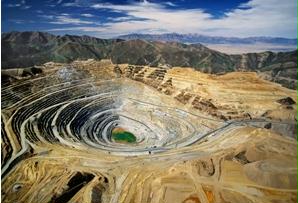

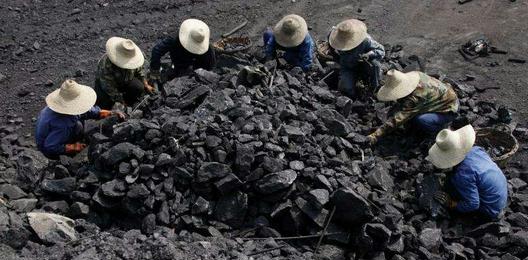
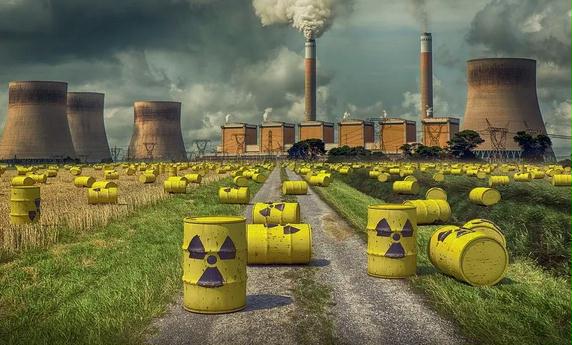 Preface. One the greatest tragedies of energy decline will be the nuclear waste left to harm thousands of future generation for hundreds of thousands of years. We owe it to them to clean up our mess while we still have the fossil fuels to do it. If we do nothing, 263,000 tons of nuclear waste will poison the world. Both of my books explain why transportation and manufacturing can’t run on electricity, so let’s hope new nuclear plants are not built to cope with the energy crisis. The waste from existing plants is bad enough.
Preface. One the greatest tragedies of energy decline will be the nuclear waste left to harm thousands of future generation for hundreds of thousands of years. We owe it to them to clean up our mess while we still have the fossil fuels to do it. If we do nothing, 263,000 tons of nuclear waste will poison the world. Both of my books explain why transportation and manufacturing can’t run on electricity, so let’s hope new nuclear plants are not built to cope with the energy crisis. The waste from existing plants is bad enough.
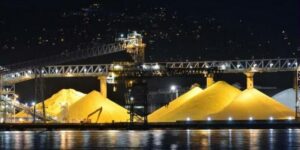

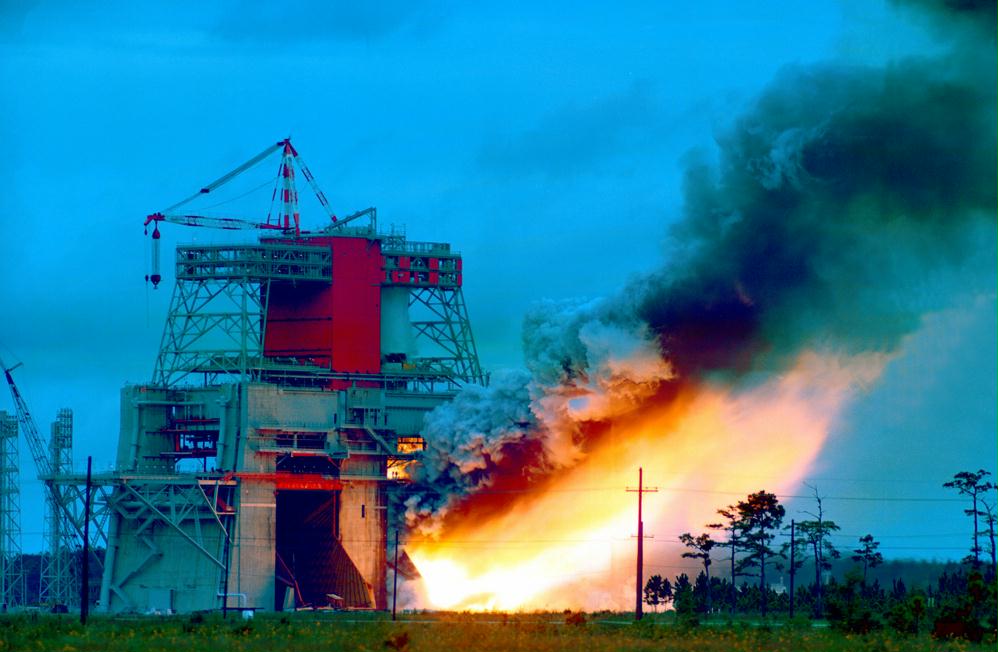
 Preface. This post is a book review of Be Wilson’s Swindled. From Poison Sweets to Counterfeit Coffee – The Dark History of the Food Cheats.
Preface. This post is a book review of Be Wilson’s Swindled. From Poison Sweets to Counterfeit Coffee – The Dark History of the Food Cheats.


